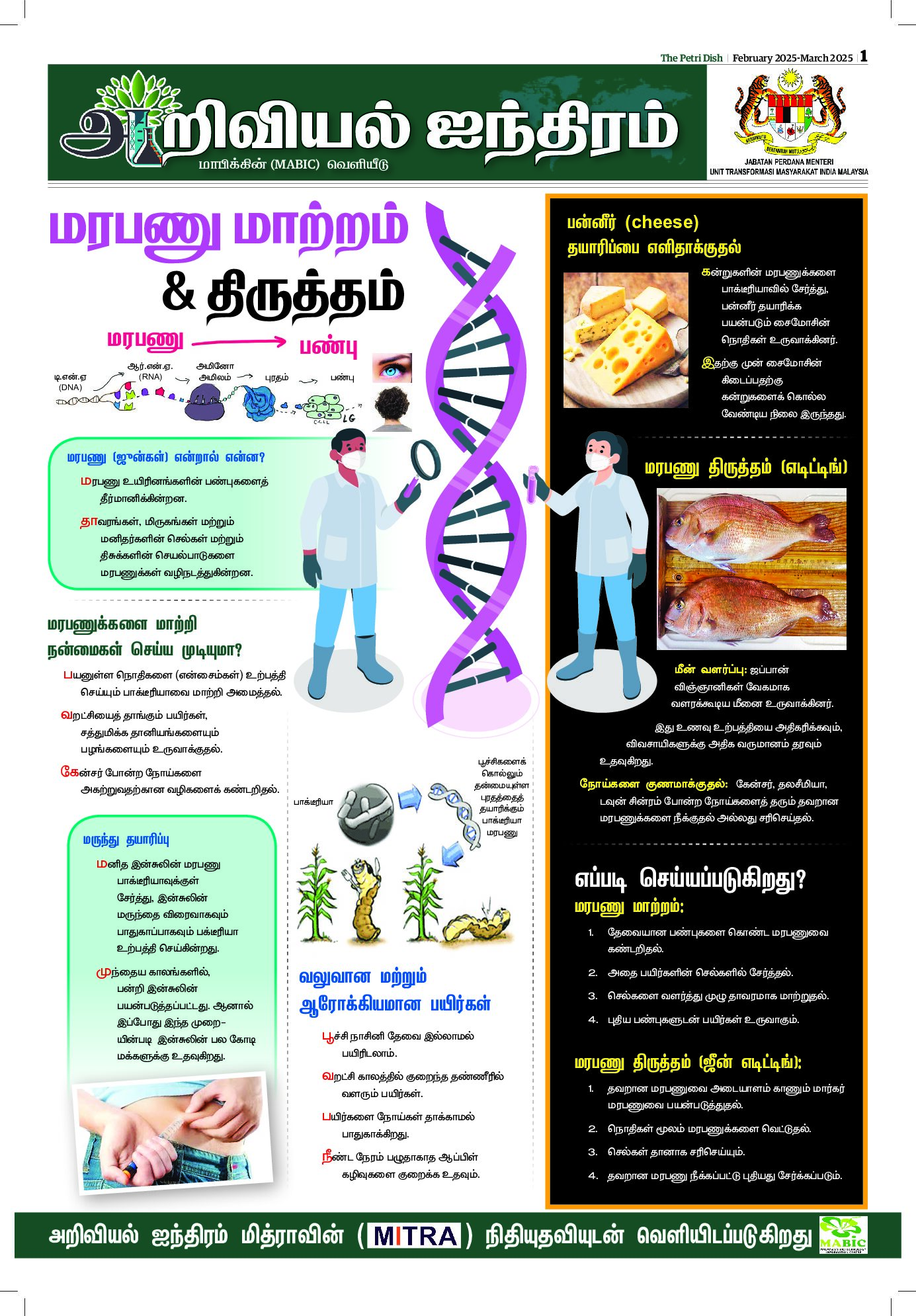DESPITE the simplicity of their visual system, fruit flies are able to reliably distinguish between individuals based on sight alone. This is a task that even humans who spend their whole lives studying Drosophila melanogaster struggle with.
Researchers have now built a neural network that mimics the fruit fly’s visual system and can distinguish and re-identify flies. This may allow the thousands of labs worldwide that use fruit flies as a model organism to do more longitudinal work, looking at how individual flies change over time. It also provides evidence that the humble fruit fly’s vision is clearer than previously thought.
In an interdisciplinary project funded by a Canadian Institute for Advanced Research (CIFAR) Catalyst grant, researchers at the University of Guelph and the University of Toronto, Mississauga combined expertise in fruit fly biology with machine learning to build a biologically-based algorithm that churns through low-resolution videos of fruit flies in order to test whether it is physically possible for a system with such constraints to accomplish such a difficult task.
Fruit flies have small compound eyes that take in a limited amount of visual information, an estimated 29 units squared. The traditional view has been that once the image is processed by a fruit fly, it is only able to distinguish very broad features. But a recent discovery that fruit flies can boost their effective resolution with subtle biological tricks has led researchers to believe that vision could contribute significantly to the social lives of flies.
This, combined with the discovery that the structure of their visual system looks a lot like a Deep Convolutional Network (DCN), led the team to ask: “can we model a fly brain that can identify individuals?”
Their computer programme has the same theoretical input and processing ability as a fruit fly and was trained on video of a fly over two days. It was then able to reliably identify the same fly on the third day with an F1 score (a measure that combines precision and recall) of 0.75.
Impressively, this is only slightly worse than scores of 0.85 and 0.83 for algorithms without the constraints of fly-brain biology. For comparison, when given the easier task of matching the ‘mugshot’ of a fly to a field of 20 others, experienced human fly biologists only managed a score of 0.08. Random chance would score 0.05.
According to Jon Schneider, the first author of the paper being published in PLOS ONE recently, this study points to “the tantalising possibility that rather than just being able to recognise broad categories, fruit flies are able to distinguish individuals. So when one lands next to another, it’s “Hi Bob, Hey Alice.” “
Graham Taylor, a machine learning specialist and CIFAR Azrieli Global Scholar in the Learning in Machines and Brains program, was excited by the prospect of beating humans at a visual task.
“A lot of Deep Neural Network applications try to replicate and automate human abilities like facial recognition, natural language processing, or song identification. But rarely do they go beyond human capacity.













